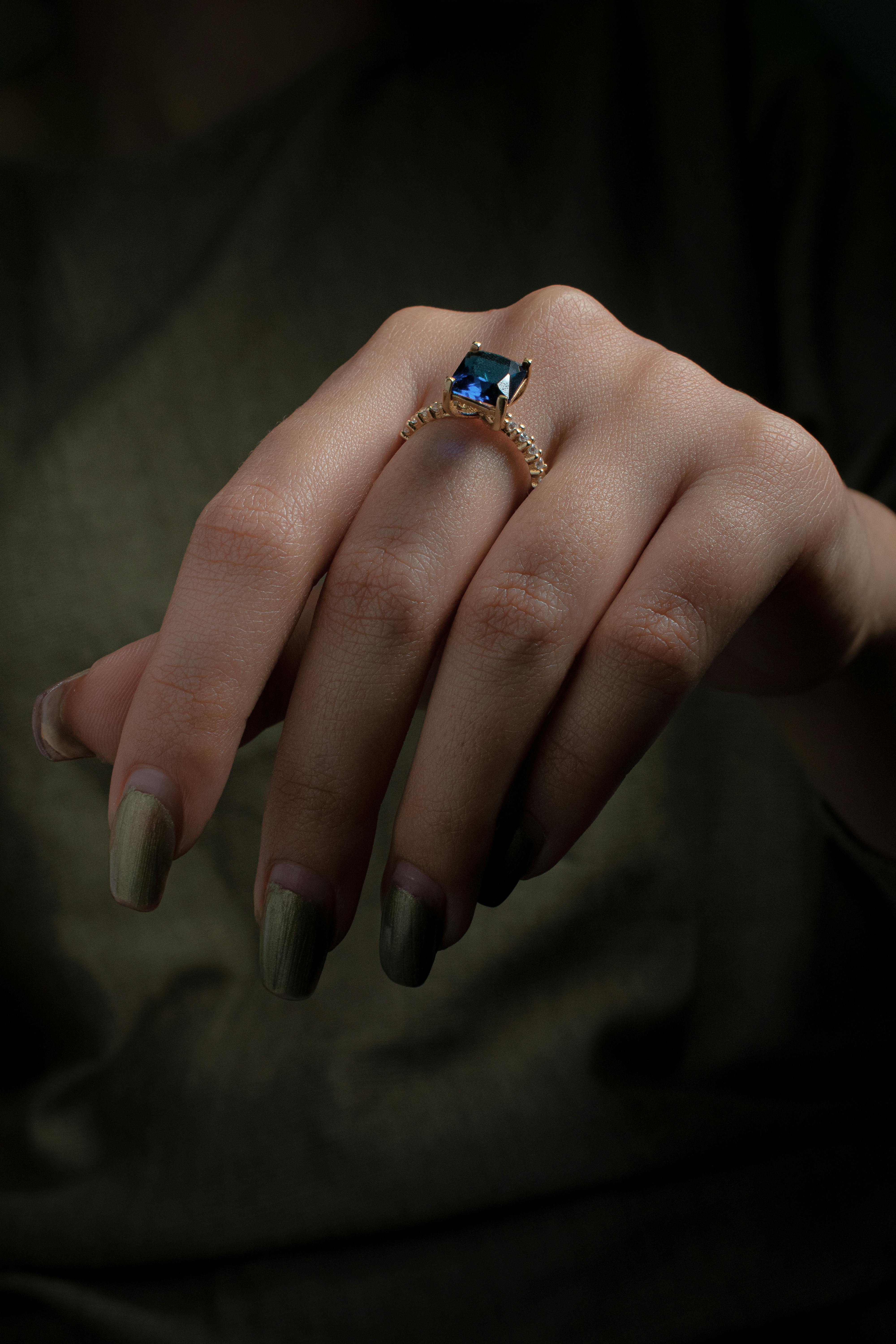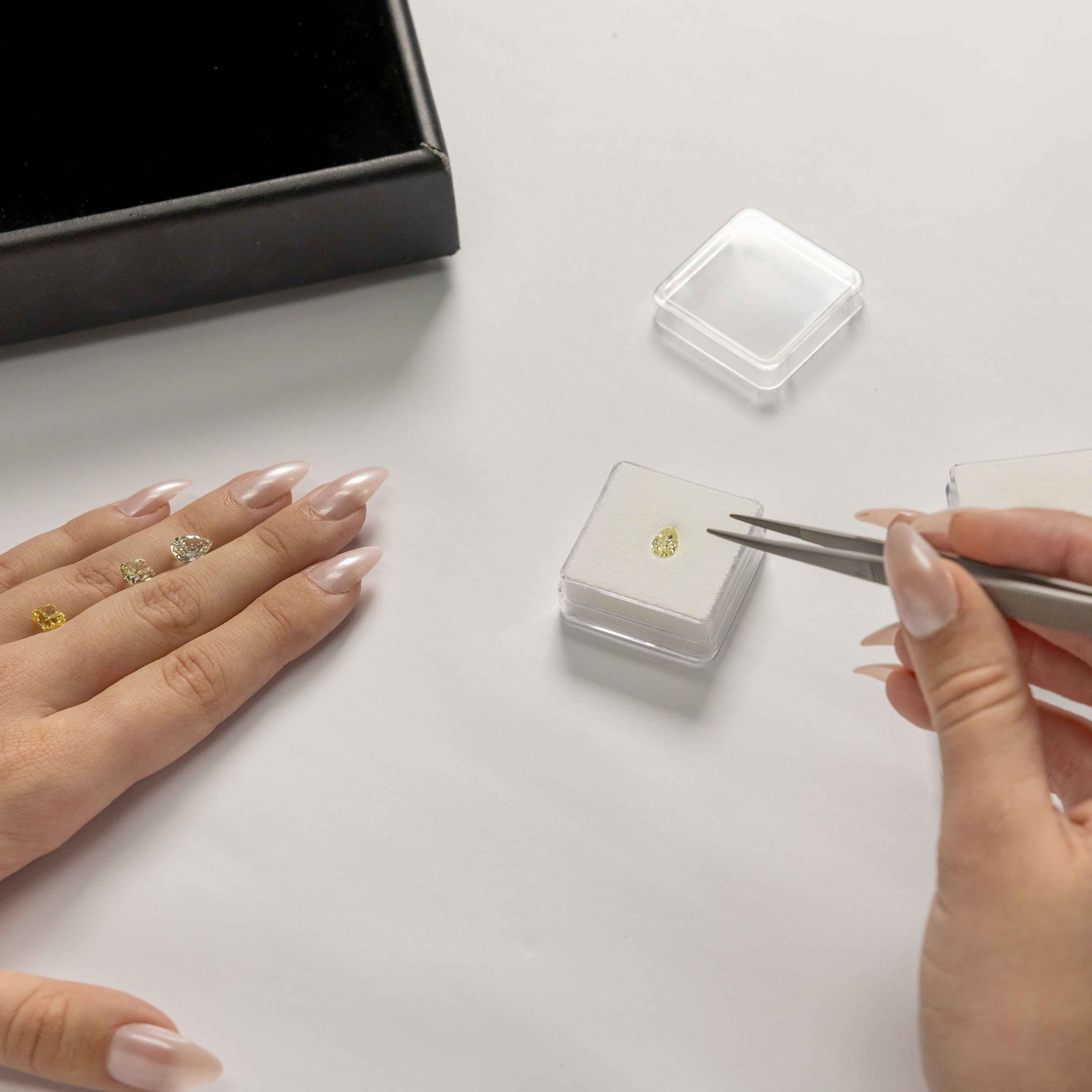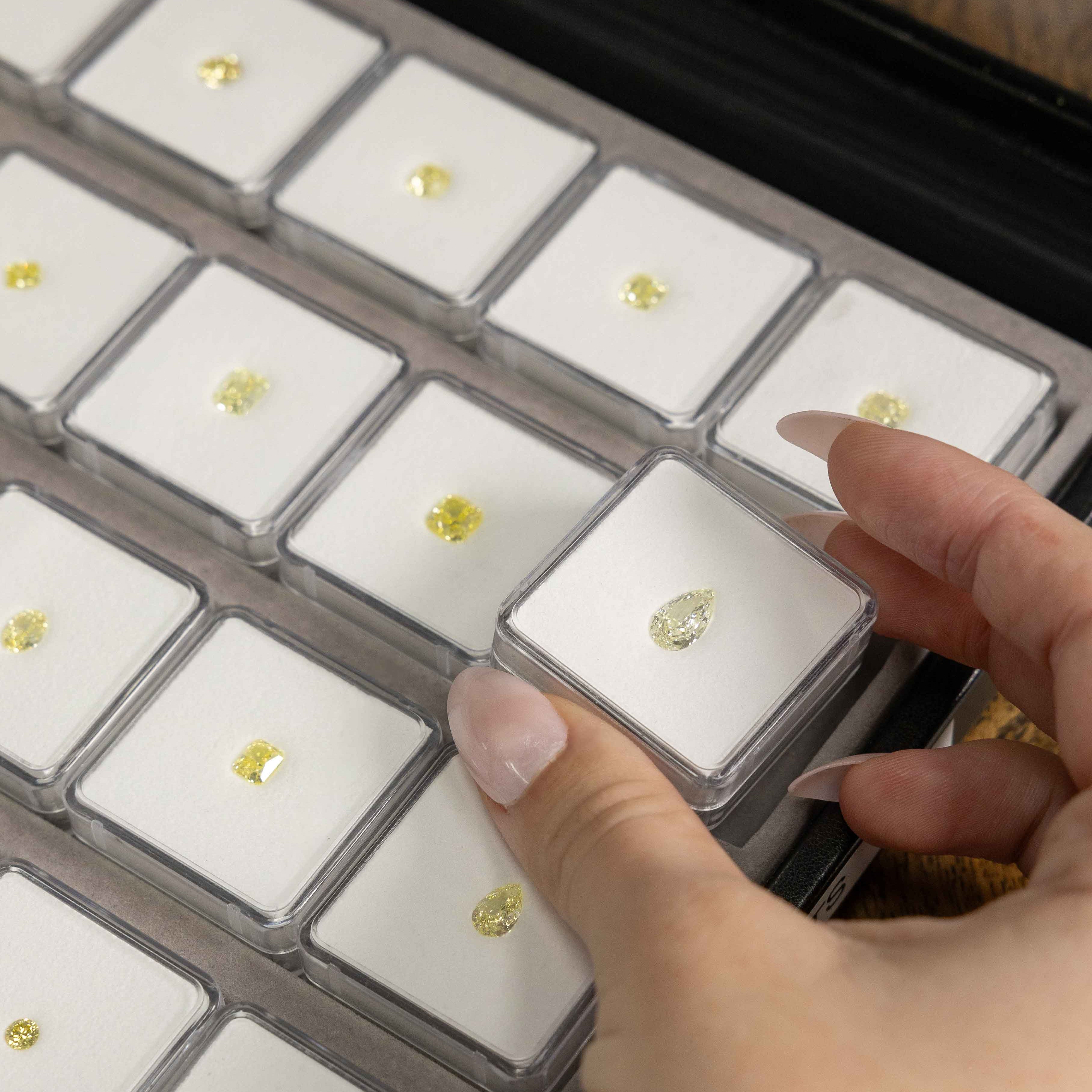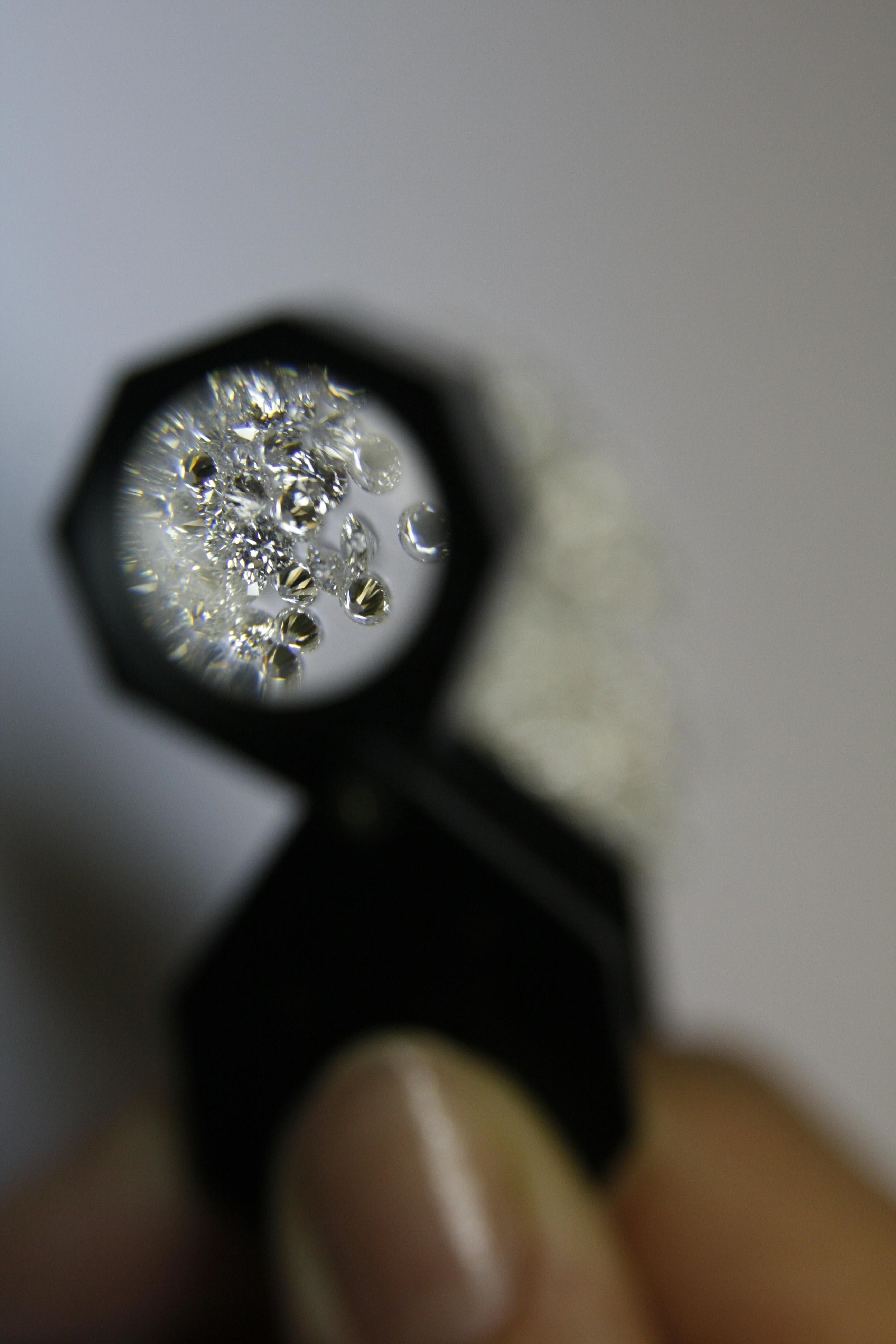Diamonds with a Past Life: The Radiance of Old Cuts
Not all sparkle is the same. Some diamonds shimmer with the sharp, sterile precision of the modern era—flawless, brilliant, and bright as headlights. And then there are the others. The ones that glow instead of glare. That feel like they’ve lived through centuries. That sparkle not with perfection, but with soul.
These are the old cuts. Before modern technology engineered symmetry down to the micron, diamonds were shaped by hand, by eye, by feel. Cutters worked by candlelight, trusting instinct over blueprint. The result? Stones that are deeply human—flawed in the most beautiful way.
Full of character. Full of story. Full of life.
Two of the most beloved antique diamond styles—the Old Mine Cut and the Old European Cut—carry that legacy in every softened facet.
The Old Mine Cut is the older of the two. Imagine a stone that’s soft and square, with
rounded corners and a deep belly. It’s often lopsided, charmingly so, with a large open culet at the base and chunky facets that catch light in irregular, unexpected ways. Cut primarily in the 18th and 19th centuries, these stones weren’t made to blaze under LED lights. They were made for firelight, for gas lamps, for velvet-lit drawing rooms. They glow like embers. There’s a quiet confidence in an Old Mine Cut. She doesn’t need to be perfect to be powerful. She’s bold, but romantic—like a handwritten love letter with ink that’s just slightly smudged. A little later came the Old European Cut—a rounder evolution with more symmetry, more polish, but still entirely hand-crafted. These diamonds were popular from the late 1800s into the early 20th century, before the modern brilliant cut took over. Think of them as the elegant cousin: soft and glowing, with a high crown, deep pavilion, and that same gentle, open culet that makes old cuts so mesmerizing from below.
Where the Old Mine Cut feels wild and untamed, the Old European whispers sophistication. It’s the diamond of the Art Nouveau dreamer or the Gatsby-era ingénue. Still soulful, still irregular in its own way—but slightly more refined.
Neither cut is better. They’re simply different characters in the same story. What unites them is the feeling they carry. Old cut diamonds weren’t churned out by machines. They were slowly, lovingly shaped by craftsmen who could never replicate the same stone twice. That’s what makes them rare. That’s what makes them real.
In today’s world—where everything is optimized and ultra-polished—there’s something
rebellious about choosing a diamond that isn’t trying to be perfect. An antique diamond has depth. Warmth. A quiet drama. It’s the kind of stone that reveals itself slowly. A soft shimmer here, a secret flash of fire there. You don’t just wear it. You know it.
And when you run your finger over it, you’re not just tracing the lines of a gemstone. You’re touching history. This stone has been here before. Maybe on another hand, in another time. Maybe in a ring exchanged in secret, or a brooch pinned for an evening that changed everything.
That’s the beauty of old cuts. They’re not just diamonds. They’re moments, frozen in stone. And now, they’re yours to rediscover.
Explore antique and old cut diamonds at Hope — find a piece of the past, made for your
present.
Read more

Beyond Blue: The Many Colours of SapphireWhen most people think of sapphires, they think blue. Deep, velvety, regal blue. Butsapphires—like the people who love them—are far more varied and surprisi...

Lab-Grown vs Mined Diamonds: What’s the Difference? A diamond is a marvel — whether shaped by the earth over billions of years or created with intention in a laboratory. As interest grows in lab-gr...



